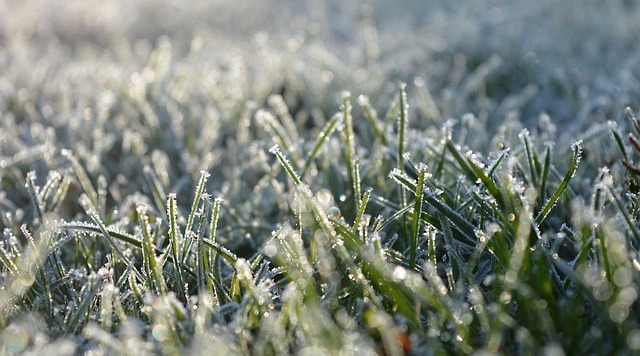Nurturing your Lawn through Winter
Posted on 17th January 2024 at 10:00
See below an article from the Cobra Garden website on the DO'S and DONT'S for January
As winter descends with its freezing temperatures and blankets of frost and snow, many homeowners face the dilemma of how best to care for their lawns during these harsh conditions. While the instinct may be to clear away any frost and snow, it’s important to approach lawn care with caution to avoid inadvertently causing more harm than good.
Clearing snow and frost from your lawn may seem like a proactive step, but the reality is that even gentle efforts, such as raking or brushing, can lead to unintended consequences. However delicate you may be, raking or brushing snow, frost and ice from lawns can easily cause the blades of grass to split, and potentially damage the roots. Even standing on the grass when it’s in this fragile state can cause it to snap.
Walking or standing on a frosted or snow-covered lawn can also lead to compaction. This seemingly harmless act can prevent water from soaking into the ground, creating a compacted surface that jeopardizes the health of your lawn in the long run. Compacted lawns are more prone to diseases and may even result in the death of the turf.
Mowing the lawn in winter can also cause more harm than good. Winter grass is more vulnerable, and the blades can be irreversibly harmed by mowing. Instead, let your mower hibernate during winter, and adopt a gentle, infrequent mowing approach come spring to avoid shocking the recovering grass.
To shield your lawn from lasting damage this winter, allow snow and frost to settle naturally. Avoid the temptation to rake or shovel excessively, as this may create patchy spots that persist into spring. Additionally, clear your lawn of potential barriers to sunlight, such as garden furniture, toys, plant pots, leaf piles, and grass cuttings. Sunlight is a vital nutrient source for your lawn and depriving it now can lead to struggles in the upcoming growing seasons. Take the time to remove these items before the most severe winter weather hits.
The recovery of a lawn that has been affected by frost and cold winter weather depends on the extent of the damage. When the temperature rises, it’s best to wait and allow the grass to recover on its own. In many cases, the grass can bounce back even if it appears wilted or brown. However, if the damage is severe and there are large bare patches, consider overseeding those areas with a suitable grass seed. To help the grass recover further, avoid walking on the lawn as much as possible to prevent further stress. Additionally, water and fertilize the lawn as needed and aerate the lawn to relieve any compaction.
The original article is available via the link - https://cobragarden.wordpress.com/
For the Cobra range of Scarifiers, Lawnmowers, Leaf Blowers and more in Bedford, Milton Keynes, Ampthill, Flitwick, Kempston, Wixams, Cranfield, Maulden, Biggleswade and the surrounding areas, look no further than AMF Services
Share this post:


